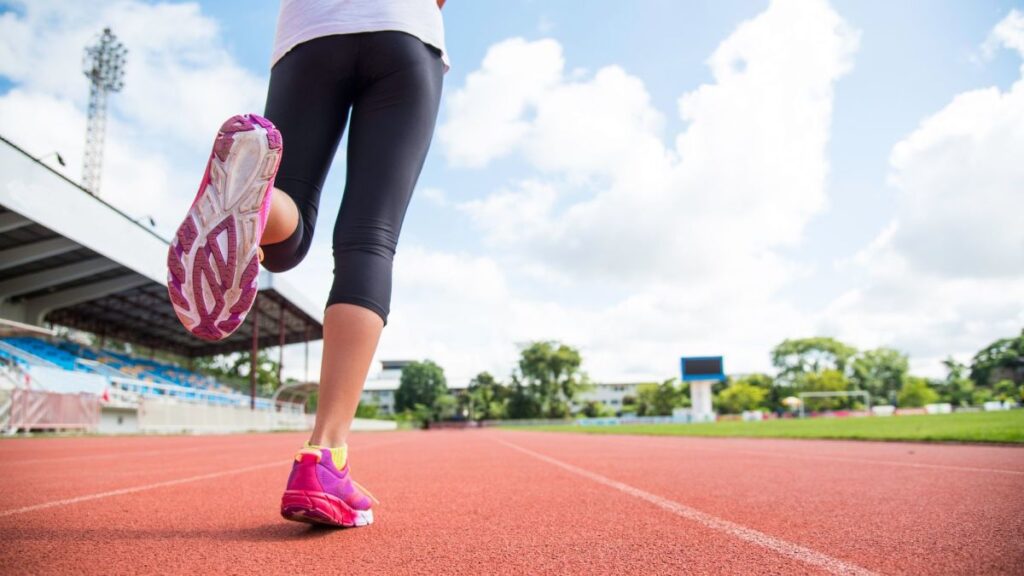When it comes to improving physical fitness, there’s no shortage of advice—some true, some misleading. From social media influencers to old-school fitness myths, it’s easy to feel overwhelmed. But amidst the noise, one statement stands out as scientifically accurate:
“Physical fitness is influenced by a combination of genetics, lifestyle, environment, nutrition, and physical activity.”
This statement holds true across age groups, fitness levels, and health conditions. In this comprehensive article, we’ll explore the key factors affecting physical fitness, explain how they interact, and offer practical tips to help you optimize your health and performance, no matter your starting point.
🔍 What Does Physical Fitness Really Mean?
Physical fitness refers to your body’s ability to perform daily tasks and physical activities with energy and efficiency—without excessive fatigue. It encompasses five major components:
- Cardiovascular endurance
- Muscular strength
- Muscular endurance
- Flexibility
- Body composition
Being fit doesn’t mean being thin or muscular—it means functioning well both physically and mentally.
🌟 The True Factors That Affect Physical Fitness

Let’s break down the key elements that truly influence your physical fitness.
1. 🧬 Genetics: The Blueprint
Genetics lay the foundation for your:
- Muscle type distribution (fast-twitch vs. slow-twitch)
- Metabolic rate
- Flexibility and coordination
- Risk of obesity or cardiovascular disease
However, genetics are only the starting point. Your lifestyle choices can often override or enhance genetic predispositions.
🗨️ “Genetics load the gun, but lifestyle pulls the trigger.”
2. 🍽️ Nutrition: Your Body’s Fuel Source
Your diet has a direct impact on energy levels, muscle growth, metabolism, and recovery. A poor diet can sabotage even the most consistent workout plan.
- Proteins help repair and grow muscle.
- Carbohydrates provide energy for workouts.
- Healthy fats support hormones and brain health.
- Vitamins & minerals regulate metabolic functions.
✅ Tip: Eat whole, unprocessed foods and stay hydrated daily.
3. 🏋️ Exercise: The Action Component
Consistent physical activity is the most controllable factor.
Types of fitness training:
- Cardio: Improves heart and lung health.
- Strength training: Builds muscle and burns fat.
- Flexibility & mobility: Prevents injuries and improves movement.
- Balance & stability: Crucial for older adults and athletes alike.
Even walking 30 minutes a day can significantly boost fitness levels over time.
4. 🛌 Lifestyle Habits: The Silent Influencers
Lifestyle habits, both good and bad, affect how well your body performs.
Negative habits include:
- Poor sleep (less than 6 hours)
- High stress
- Smoking and alcohol abuse
- Sedentary behavior
Positive habits:
- Getting 7–9 hours of sleep
- Practicing stress management techniques
- Avoiding long periods of inactivity
- Staying consistent with physical activity
5. 🌿 Environment: Where You Live Matters

Environmental factors impact your ability to stay active and access healthy options.
Factors include:
- Climate: Cold or hot environments may limit outdoor activity.
- Air quality: Polluted air reduces exercise performance.
- Safety: Unsafe neighborhoods discourage outdoor activity.
- Access: Lack of gyms or parks can limit opportunities.
Solution: Get creative—indoor workouts, bodyweight routines, or local community centers can make a big difference.
6. 📊 Age and Gender: Natural Differences
While everyone can improve their fitness, age and gender do play a role.
- Age: Muscle mass and metabolism naturally decline, but exercise can slow this down.
- Gender: Hormonal differences affect fat distribution and strength, but not fitness potential.
At any age or gender, consistent activity leads to improvement.
7. 🩺 Health Conditions or Medications
Medical conditions like asthma, arthritis, diabetes, or heart disease may limit the type and intensity of physical activity.
- Consult a doctor before starting a new routine.
- Many conditions can improve through guided exercise.
❌ Popular Fitness Myths Debunked
| 🚫 Myth | ✅ Truth |
| You must be young to get fit. | You can improve fitness at any age. |
| Skinny equals healthy. | Body weight doesn’t define fitness. |
| Lifting weights makes women bulky. | Strength training builds lean muscle and burns fat. |
| More sweat = better workout. | Sweat shows effort, not effectiveness. |
| You need expensive gym equipment. | Bodyweight exercises are extremely effective. |
📈 Tips to Improve Your Physical Fitness
Whether you’re a beginner or returning after a break, here’s a blueprint:
✅ Set SMART Goals
Make them Specific, Measurable, Achievable, Relevant, and Time-bound.
✅ Create a Routine
Start with 3–4 days a week of mixed activities—cardio, strength, and mobility.
✅ Focus on Recovery
Include rest days, sleep, and stress relief in your schedule.
✅ Track Progress
Use apps or journals to monitor improvements in strength, stamina, and weight.
✅ Stay Consistent
Small, daily actions lead to long-term results. Don’t chase perfection.
🙋 Frequently Asked Questions
1. Can I be fit if I don’t go to a gym?
Yes. Home workouts, walking, and bodyweight exercises are highly effective.
2. Is diet more important than exercise?
Both are essential. However, weight management is often 70% diet, 30% exercise.
3. How does stress affect fitness?
Stress releases cortisol, which can lead to fat gain, muscle breakdown, and fatigue.
4. Can I improve my fitness after 50?
Absolutely! With proper guidance, strength, flexibility, and endurance can all improve with age.
5. What if I have a medical condition?
Many conditions improve with physical activity. Always consult a doctor first.
6. Does mental health impact physical fitness?
Yes. Depression, anxiety, and lack of motivation can hinder fitness. Exercise also improves mental health.
7. How long does it take to see results?
Initial results may appear in 2–4 weeks. Major changes take 8–12 weeks of consistency.
8. What is the best time to exercise?
The best time is when you can be consistent—morning, afternoon, or evening.
📚 Final Thoughts: Which Statement Is Truly Correct?
To recap, the most accurate and science-based statement is: “Physical fitness is influenced by multiple factors, including genetics, lifestyle, environment, nutrition, physical activity, and age.” No single factor defines your fitness. Instead, it’s the interaction of your daily choices and natural predispositions. You can’t change your genetics or environment overnight, but you can change your habits, diet, and commitment.